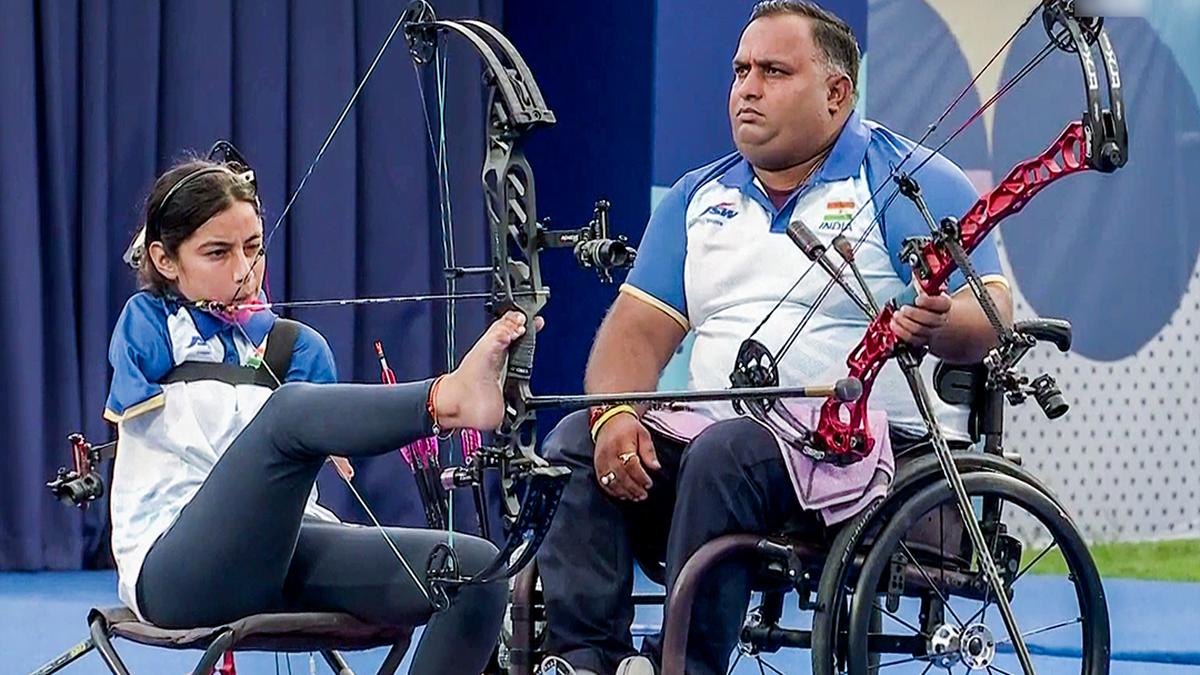
What is assistive technology and how is it helping para athletes? | Explained Premium
The Hindu
Indian para-athletes make history at Paris Games with 27 medals, showcasing the impact of assistive technology in sports.
The sory so far: Indian para-athletes created history at the Paris Games by winning 27 medals as on Friday (September 6, 2024) — surpassing the country’s previous best performance at the Games in 2021. There are two more days to go as the Games will end on September 8.
In its 13th appearance in the Summer Paralympics since its debut in 1968, India’s para-athlete contingent has swollen from 10 to 84 this year. As more and more athletes compete at the Games, India’s medal run has also consistently increased from one in the 2012 London Games to its current tally of 27 in 2024 Paris Games — in a span of mere twelve years.
India’s remarkable run at the Paralympic Games has been attributed to several factors — athlete classification, wider array of sports, bigger qualifying contingent, the Centre’s TOPS (Target Olympic Podium Scheme) and the use of assistive technology for Paralympians.
Here’s a look at what is assistive technology, how it has helped Paralympians.
Products and their related systems (mechanical or electronic) which aid any individual’s functioning with respect to his cognition, hearing, mobility, vision, communication are defined as ‘assistive technology’, according to the World Health Organisation (WHO).
Assistive technology is used mainly by old people, children and adults with disabilities and people with long-term health issues such as diabetes, dementia. Sometimes assistive technology is temporarily used by people recuperating from an accident or illness. These products help assist people in bettering their health, well-being and inclusion of participation in their family, community, sports and all areas of society.
Common examples of assistive are hearing aids, wheelchairs, therapeutic footwear which are used by people for general use. Sportspersons use assistive technologies like modified racing bicycles, release brace in archery, running blades, modified wheelchairs to name a few.













